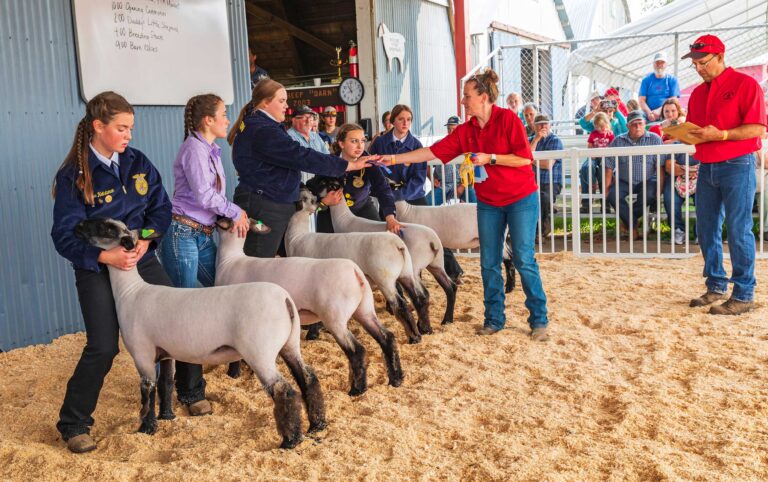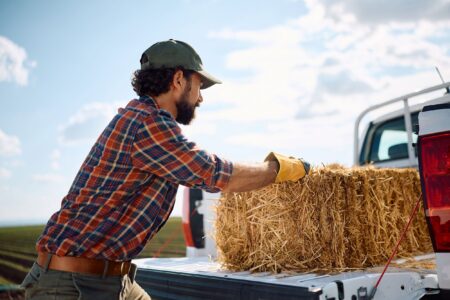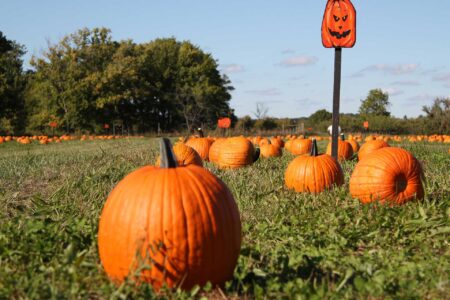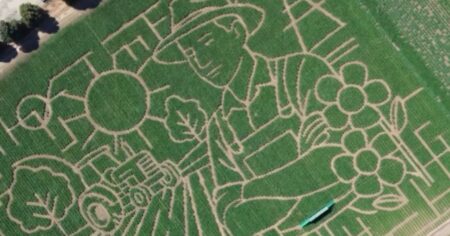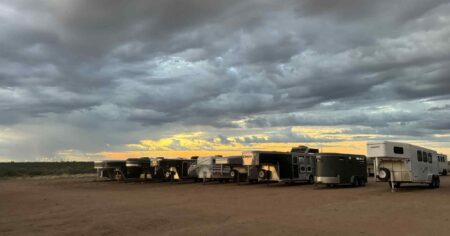Across the United States, youth in 4-H and FFA spend months preparing for livestock shows, creating projects, finding ways to educate the public about animals, and so much more. The culmination of all their hard work leads to their county fair, where oftentimes the youth compete both to win and for an opportunity to take their skills to the next level.
County fairgrounds come alive with the sounds of excited kids, animals of all varieties, the smell of fair food and more. Amid that excitement, the most important thing is the youth who make it all happen, learning and leading along the way.
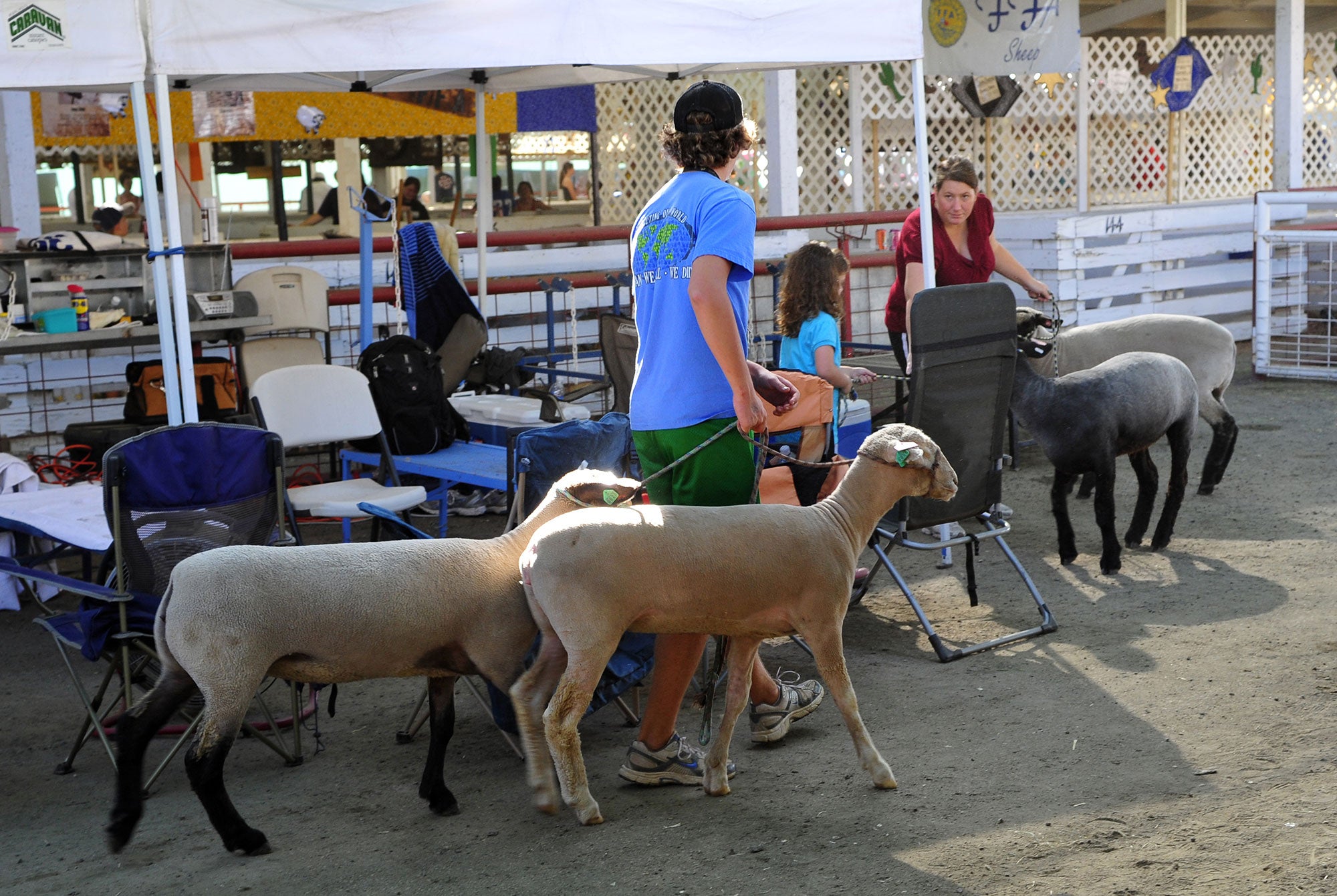
The youth who are the core of these events participate in many ways. Some show animals including cattle, horses, rabbits, poultry, goats, sheep, and swine. Others exhibit things they’ve baked, sewed, welded, built, and other things like photography, art, writing projects, or other topics they’ve researched or are passionate about. Some youth even do things like livestock judging contests, skillathon events, public speaking and demonstration events, and performing arts.
All of these projects take time to learn, practice, and create. It’s not all for the farm kids either. A huge part of making the county fair successful is the kids who spend hours making and creating their general projects, working on performing arts, walking the stage with clothes they made, and more. While county fairs might seem to focus more on the livestock, be sure to celebrate the wins of all the youth involved.
These kids spend hours walking and caring for their animals, learning from others, trying new things, troubleshooting when things don’t go their way and so much more. A county fair is not about what happens when folks arrive — it’s all about the journey to get there and learning to improve yourself moving forward. The possibility of a purple ribbon is just the icing on top.
Doing 4-H projects and participating in FFA events teaches youth many things. Responsibility is a key takeaway as youth care for animals every day and complete challenging projects. Discipline is another important one. Even when you don’t feel like doing chores or finishing a task, sometimes it still needs to be done.
Communication and public speaking skills can be a great thing learned by youth who learn to speak to judges and share their knowledge with others. Even though youth compete individually, many things are a team effort, both between other youth, with parents and mentors, and even with an animal.
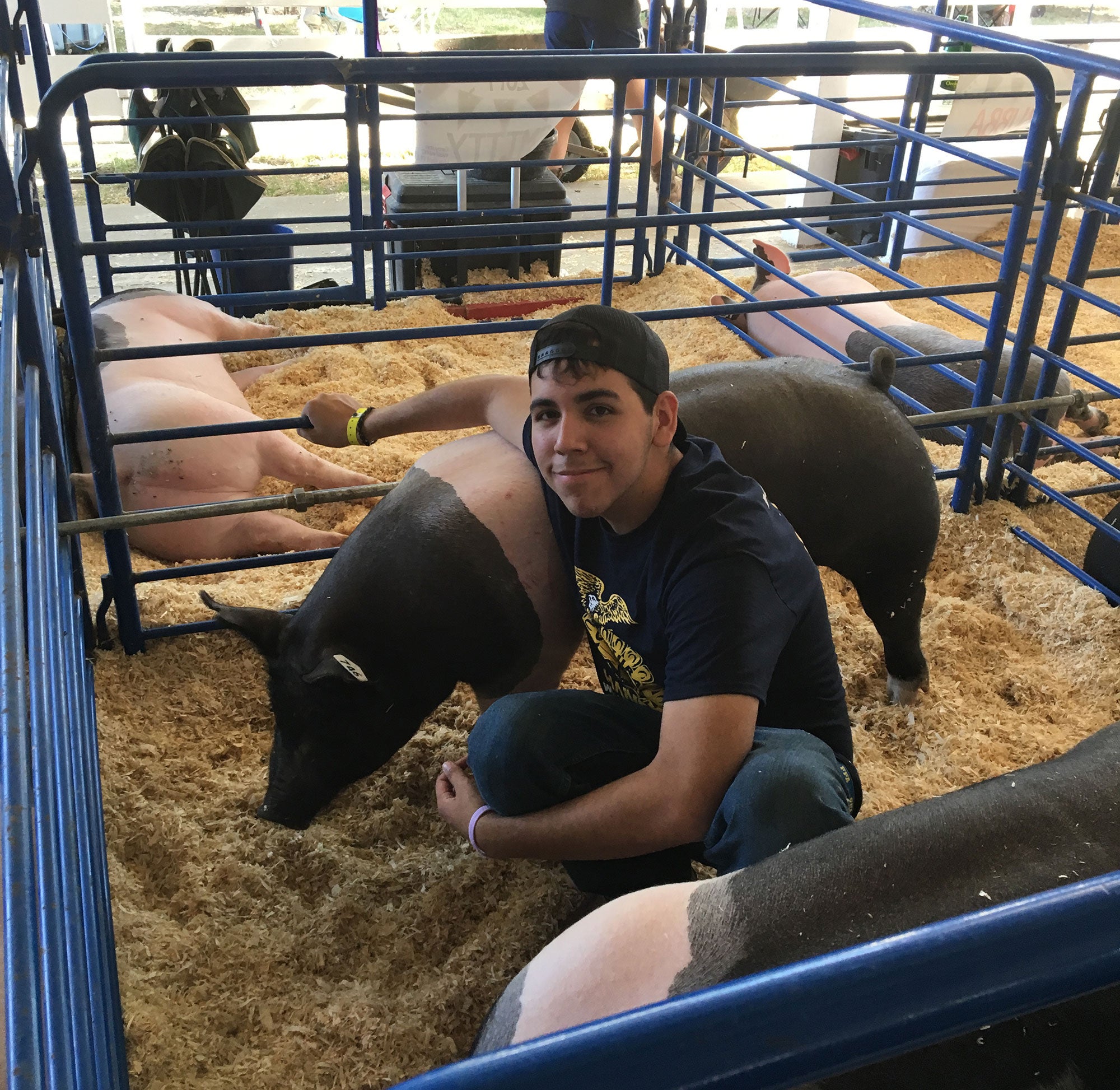

One of the biggest life lessons learned at the county fair is resilience and humility. Not everyone can come out with the trophy, no matter how much work and care goes into a project. Learning to lose with grace and try again the next year is something that can be hard to learn, but can pay off greatly in the end.
County fairs offer a unique opportunity to interact with the public. Many fairgoers don’t live on farms or have some background knowledge of what it takes to raise animals. The same goes for other projects. Getting to answer questions, show people new things, and teach the public directly is another benefit of county fairs. The next time you’re at a county fair, take a look around. Chances are these kids are making a lasting impact on everyone around them by answering questions, teaching someone, or even offering a fairgoer their first ever chance to pet a cow.
The county fair makes lasting memories for everyone, not just the kids competing in it.
There are lots of ways to support your local county fair. First up, just attending to show your support and interacting with the youth there goes a long way. You can always stop by a livestock show to watch or stick around to watch some of the performances and events happening. Having a full crowd goes a long ways to meaning a lot to 4-H and FFA members.
Many fairs have auctions that you could consider supporting. This is obviously a bigger commitment, but the money goes directly to the kids and making their FFA or 4-H program stronger. Some auctions actually sell the animal, while other auctions sell the “ribbon” so that your contribution is more of a donation than a purchase.
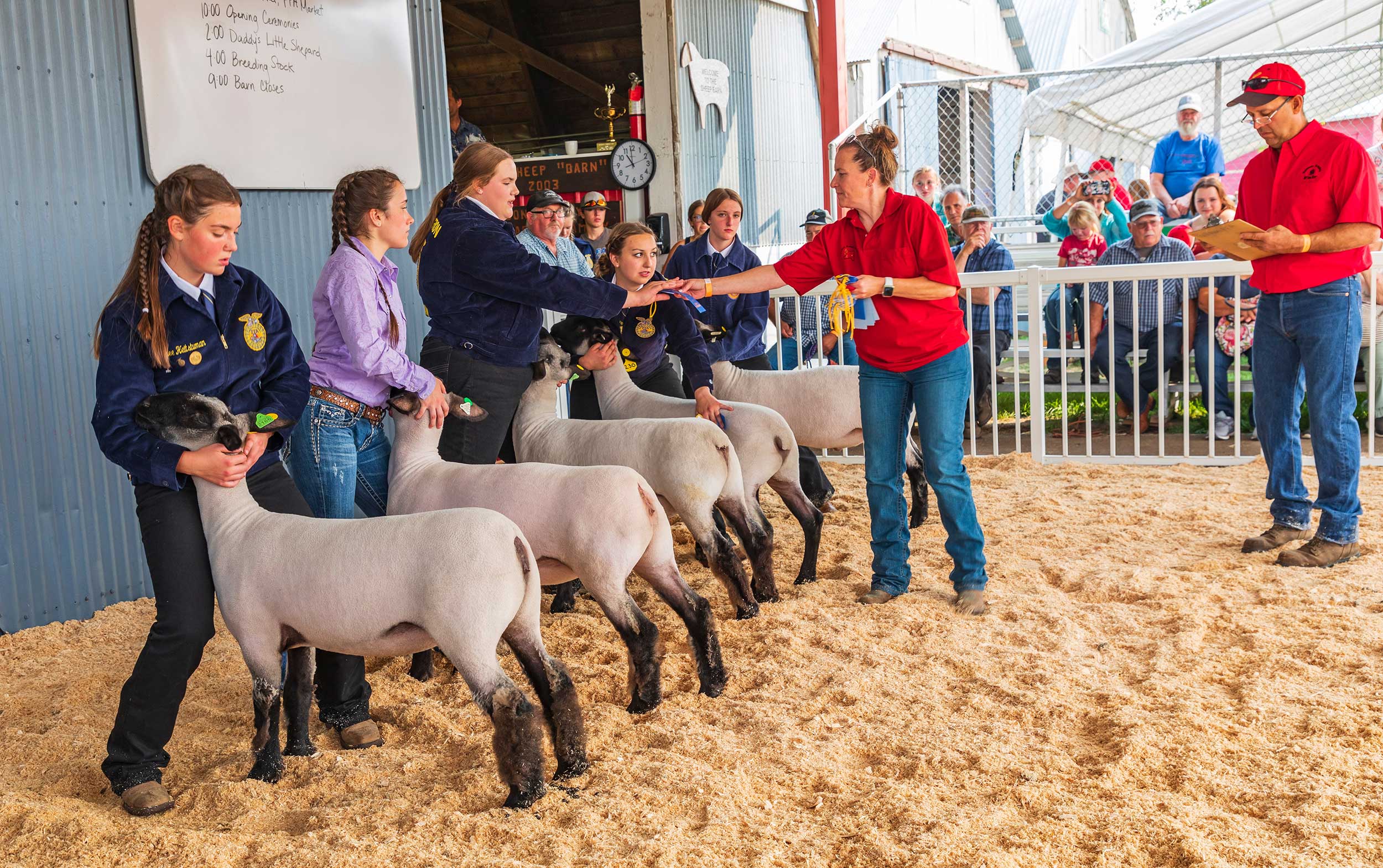

There are always lots of volunteer opportunities. It takes so many people to put on the large event that is a county fair, consider reaching out ahead of time to see if there’s any way you can help and offer your support.
It is truly the youth that are the heartbeat of county fairs. It’s thanks to their passion and dedication that there are animals and projects to see. They learn many life lessons from the hours spent in the barn, over a woodworking project, in the kitchen, and in preparation to bring their best to the county fair. This summer, make some time for your local county fair and to support the next generation of leaders. E
ven though the fair is only a few days long, the memories, friendships, and lessons learned last a lifetime.
Michelle Miller, the Farm Babe, is a farmer, public speaker, and writer who has worked for years with row crops, beef cattle, and sheep. She believes education is key in bridging the gap between farmers and consumers. Find more about Michelle on her website.


:max_bytes(150000):strip_icc()/36308607503_af1bc9a487_o-1deb3ddd8dd24d7c83b4f3760435f3fd.jpg)
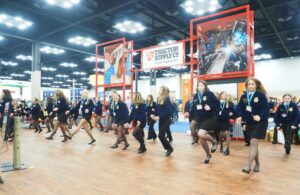
:max_bytes(150000):strip_icc()/Iowa-State-Fair-Banner-d22e8c0989b142aabefb048e52d85521.jpg)


